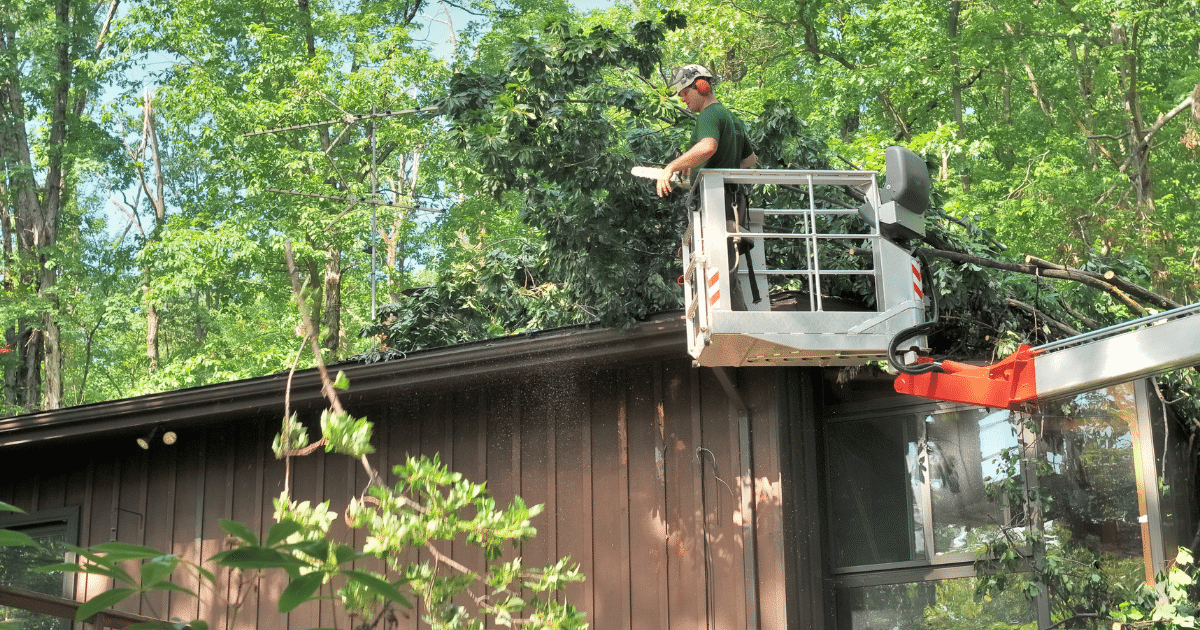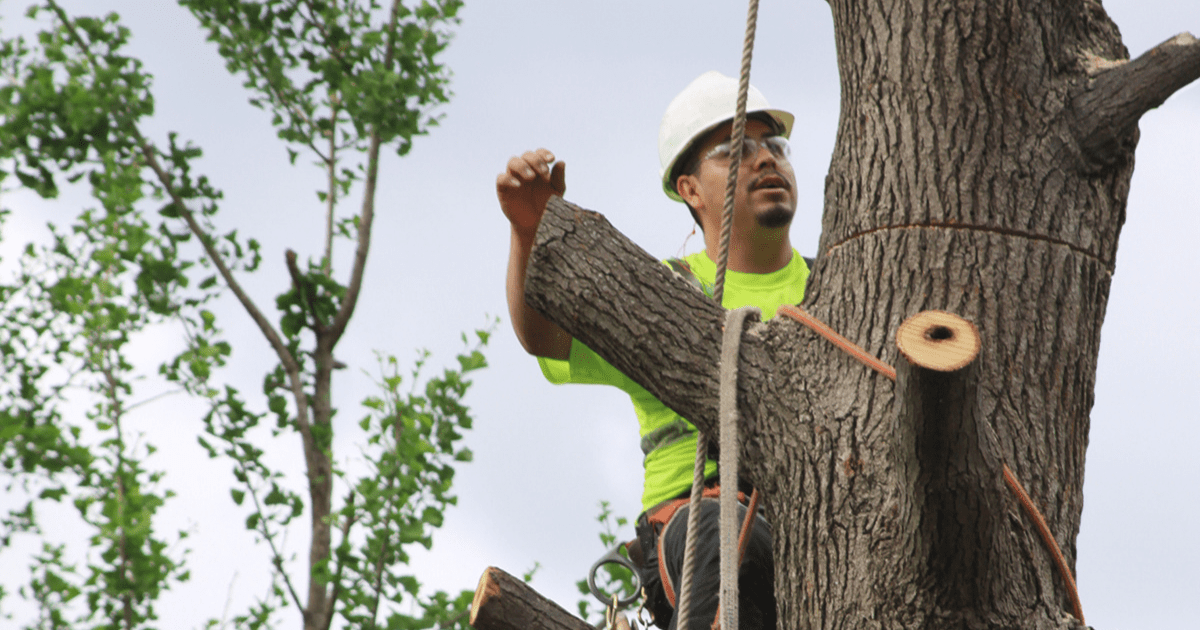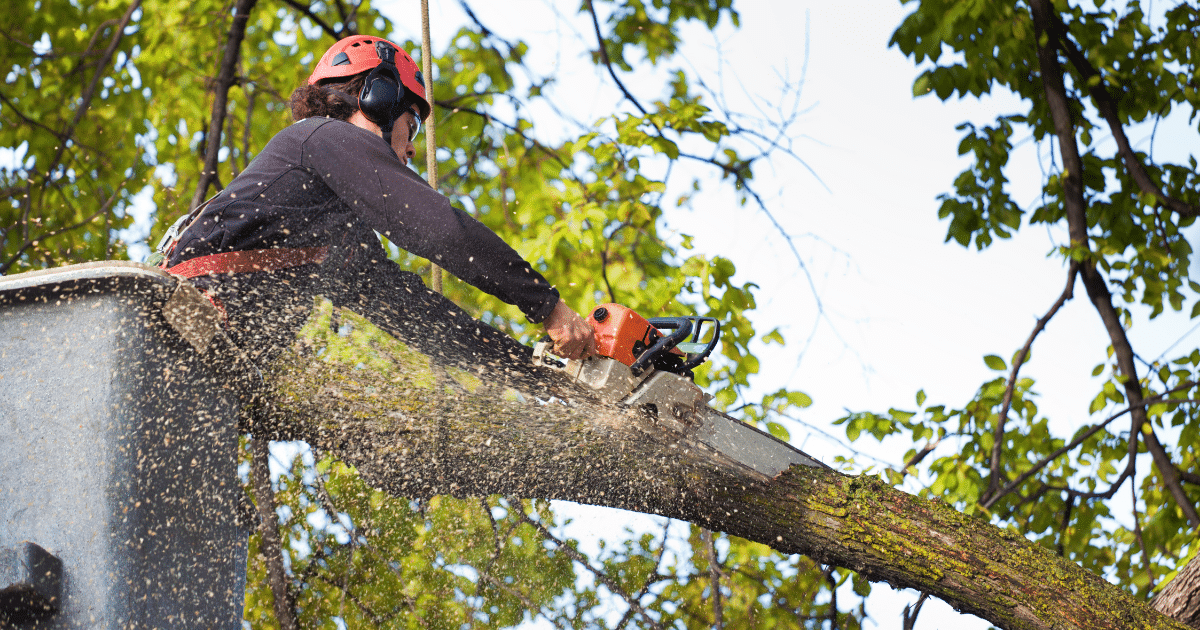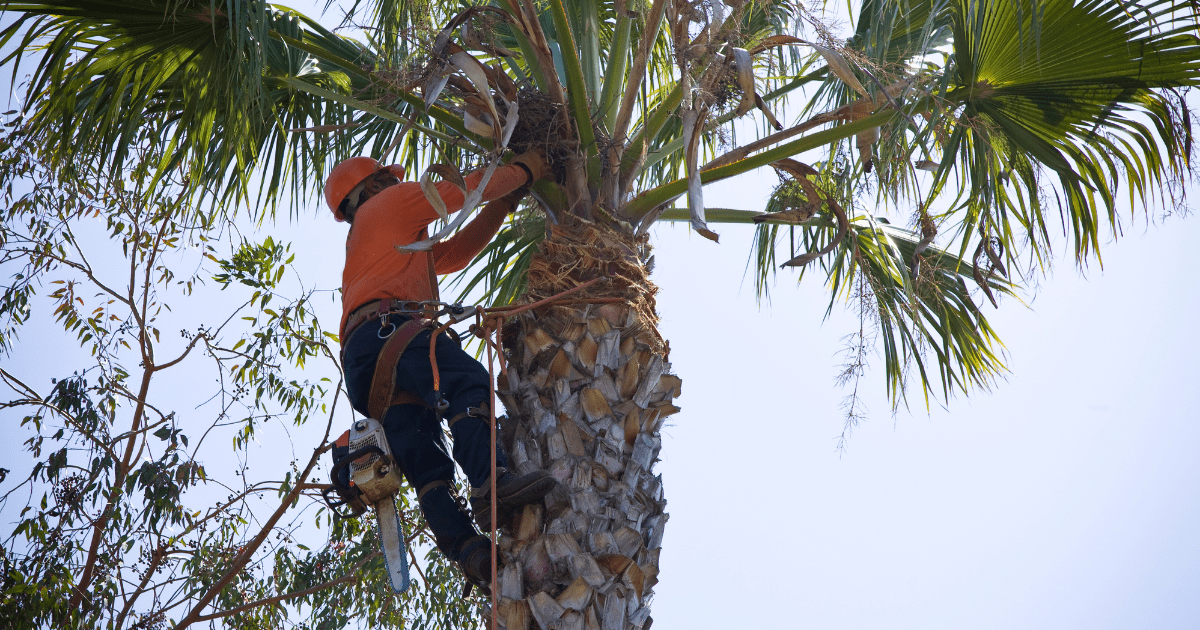tree, water, horticulture, arborist, ecosystem, plant, garden, soil, pine, landscape, agriculture, lawn, native species, shrub, leaf, maple, beauty, biodiversity, carbon, climate, species, habitat, forest, desert, receive, native, university, pollinator, new zealand, policy, fruit, pest, juniper, birch, insect, education, douglas fir, landscape design, integrated pest management, wildlife, risk management, vegetable, grassland, spruce, tree care, forestry, abies concolor, bird, construction, tree planting, root, nutrition, oak, reputation, seed, sustainability, risk, greenhouse, pesticide, ulmus parvifolia, irrigation, pinus strobus, wine, pruning, bark, invasive species
What is the impact of deforestation on landscape ecosystems?
The impact of deforestation on landscape ecosystems is significant. It leads to habitat loss, biodiversity decline, and disruption of water cycles, ultimately threatening the balance and health of these ecosystems.
What role do trees play in shaping our surroundings?
The role of trees in shaping our surroundings is significant. They provide shade, improve air quality, enhance aesthetic appeal, and support biodiversity, all of which contribute to a healthier and more inviting environment.
How do trees impact the local landscapes ecosystem?
The impact of trees on the local landscape's ecosystem is significant. They provide essential habitats, improve air quality, regulate temperature, and maintain soil health, fostering biodiversity and contributing to overall ecological balance.
How do different tree species affect the landscapes biodiversity?
Different tree species significantly impact a landscape's biodiversity by providing varied habitats and food sources for wildlife, promoting ecological balance, and enhancing overall ecosystem resilience. Diverse tree populations support a rich array of plant and animal life.
Can trees reduce noise pollution in urban landscapes?
Trees can effectively reduce noise pollution in urban landscapes. Their dense foliage absorbs and deflects sound, creating a natural buffer that minimizes urban noise, resulting in a quieter and more serene environment.
How do trees influence the microclimate in a landscape?
The influence of trees on the microclimate in a landscape is significant. Trees provide shade, reduce soil evaporation, and lower temperatures, creating a cooler and more humid environment, which enhances overall biodiversity and improves comfort for people and wildlife.
How do trees affect the aesthetic appeal of a landscape?
Trees significantly enhance the aesthetic appeal of a landscape by providing structure, depth, and seasonal color changes. They create a natural focal point, improve visual interest, and contribute to overall harmony within outdoor environments.
Can trees reduce air pollution in urban landscapes?
Trees can effectively reduce air pollution in urban landscapes. They absorb carbon dioxide and other harmful pollutants, improving air quality and creating a healthier environment for city dwellers.
Can trees help mitigate climate change in urban landscapes?
Trees play a vital role in mitigating climate change in urban landscapes by absorbing carbon dioxide, reducing heat, and improving air quality. Their presence can significantly lower temperatures and enhance biodiversity, contributing to a healthier environment.
How do trees affect the local real estate value in a landscape?
The impact of trees on local real estate value is significant. Well-maintained trees enhance curb appeal, improve air quality, and provide shade, all of which can increase property values and attract potential buyers.
Can trees help prevent soil erosion in a landscape?
Trees play a significant role in preventing soil erosion in a landscape. Their extensive root systems stabilize the soil, reducing runoff and enhancing water absorption, which protects against erosion and promotes a healthy ecosystem.
What are the benefits of diversifying tree species in a landscape?
The benefits of diversifying tree species in a landscape include enhanced ecosystem resilience, improved pest and disease resistance, and increased aesthetic appeal. This diversity supports a balanced environment and provides habitats for wildlife, contributing to a healthier landscape overall.
What are the benefits of planting trees in urban landscapes?
The benefits of planting trees in urban landscapes include improved air quality, enhanced aesthetic appeal, reduced heat, and increased property values, contributing to a healthier and more pleasant environment for residents and visitors alike.
What is the ideal tree density for a healthy landscape?
The ideal tree density for a healthy landscape varies based on tree species and intended use, but generally includes spacing trees 10 to 20 feet apart to ensure adequate sunlight, air circulation, and nutrient access for optimal growth.
What is the role of trees in a sustainable landscape design?
The role of trees in a sustainable landscape design is vital as they enhance biodiversity, improve air quality, and provide shade, reducing urban heat. Additionally, trees contribute to soil health and water retention, promoting a balanced ecosystem.
How do trees provide shade in a landscape?
Trees provide shade in a landscape by their broad canopies, which block sunlight, creating cooler areas beneath them. Their leaf density and height determine the extent of shade, making them essential for outdoor comfort and energy conservation.
What are the benefits of preserving old-growth trees in landscapes?
The benefits of preserving old-growth trees in landscapes include enhanced biodiversity, improved air quality, and increased property value. These trees provide crucial habitats, reduce noise pollution, and contribute to overall ecosystem health, making them vital to sustainable landscaping.
How do trees modify the local water cycle in a landscape?
Trees modify the local water cycle in a landscape by facilitating processes like transpiration and evaporation, which return moisture to the atmosphere. Their root systems also enhance groundwater recharge and help maintain soil moisture levels, promoting a balanced ecosystem.
Can trees improve mental health in urban landscapes?
Trees can significantly enhance mental health in urban landscapes. Their presence reduces stress, promotes relaxation, and encourages outdoor activities, ultimately fostering a sense of well-being and connection to nature amidst city life.
How do trees support local wildlife in a landscape?
Trees support local wildlife in a landscape by providing essential habitats, food sources, and shelter for various species. Their foliage offers nesting sites, while fruits and seeds serve as nourishment, promoting biodiversity and ecological balance.





